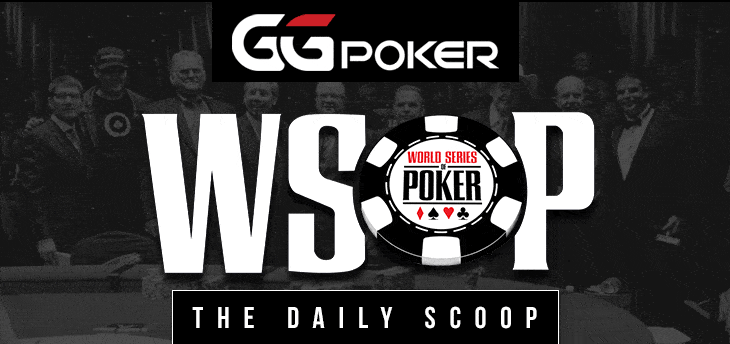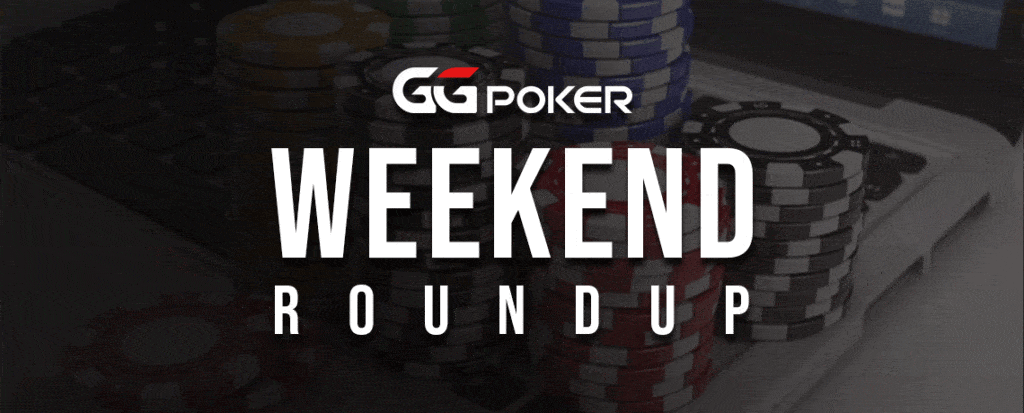
GGPOKER
Blog

The Daily SCOOP
WSOP Day 16 Delivers Million-Dollar Drama as Koon and Schulman Claim Gold
June 12, 2025
The Daily SCOOP
Chang Lee Captures Debut WSOP Bracelet and $1.95M in $25K High Roller Victory
June 10, 2025
Online Poker Tournaments

The Daily SCOOP

The Daily SCOOP

Online Poker Tournaments